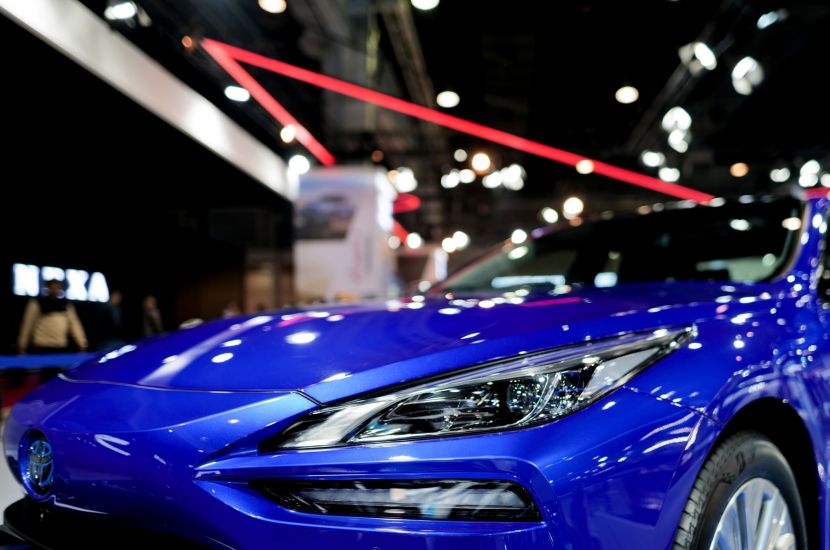Production cycles that do not keep pace with development
Despite this, growth rates seem important, as 60% of total spending on electric cars was spent during the past 18 months only, while this year will set new records, as sales of electric passenger vehicles are likely to easily exceed the $500 billion threshold. This segment has now become an important and very fast growing part of global car sales.
Ford is allocating billions of dollars to compete with Tesla in the electric car market
The automotive industry operates on long-term production cycles. While some believe that there is a constant influx of new vehicles, many of them are nothing more than cosmetic upgrades to existing models, or what is called in the industry a “facelift”. In order to understand production cycles and what goes on after them, it is important to take a look at vehicle production lines.
Unforgiving economics
Companies that manufacture cars in large quantities develop production lines to match the models they produce for a period that usually ranges between 6 and 10 years. This development process takes many years and costs billions of dollars, so that the product lines are versatile, allowing automakers to use different bodies to meet a wide range of consumer preferences. These lines also allow the same manufacturing components to be used on many models, which is a necessary part of the unforgiving economies of mass-produced vehicles around the world.
The growth of electric vehicles is outpacing the proliferation of battery charging points
Long development cycles mean that any mistake a car manufacturer makes takes a long time to see its full impact. Electric car sales crossing the trillion-dollar mark may be the point at which it becomes clear that some automakers may have bet the wrong way.
